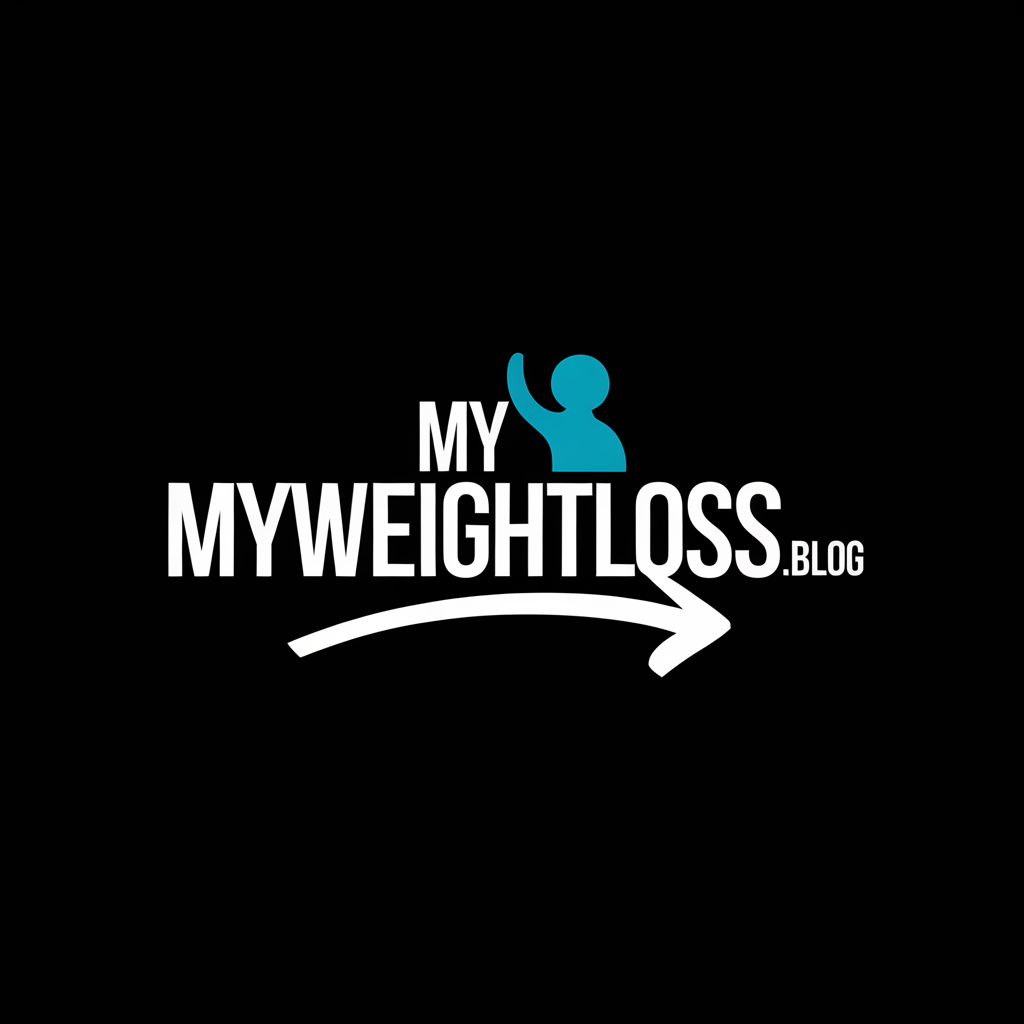This 30-Second Trick Can Reduce Your Cravings Instantly!
You’ve probably experienced those intense food cravings that seem impossible to ignore. Whether it’s chocolate calling your name or salty snacks tempting you from the pantry, these urges can derail your health goals in an instant. But what if you could shut down cravings with a simple 30-second mental exercise? This science-backed visualization technique helps you regain control of your eating habits by rewiring your brain’s response to food triggers.
The Science Behind Food Cravings and Mindful Control
While many people believe food cravings are simply a lack of willpower, science reveals they’re complex biological and psychological responses.
Your brain’s reward center releases dopamine when you eat certain foods, creating powerful associations between specific flavors and emotional satisfaction.
The trick to stop cravings lies in understanding how your brain processes these urges.
When you experience a craving, your prefrontal cortex – responsible for decision-making – battles with your limbic system, which drives emotional responses. Urge surfing is a mindfulness technique that can help manage these cravings effectively.
You’re not alone in this struggle; it’s a common experience that connects us all.
How the 30-Second Visualization Technique Works
When a craving strikes, the 30-second visualization technique acts as a mental reset button for your brain.
You’ll start by closing your eyes and picturing yourself engaging in your favorite non-food activity, like walking on a beach or playing with your pet. As you focus on this image, you’re actually redirecting neural pathways away from the craving center of your brain.
During these 30 seconds, your mind creates new associations that compete with the food-related thoughts. You’re not just distracting yourself – you’re actively rewiring your brain’s response to cravings.
The technique works because it taps into your brain’s inability to distinguish between vivid imagination and real experience. Managing stress levels can also help reduce cravings and emotional eating triggers.
To make this work, you’ll want to make your visualization as detailed as possible. Include sounds, smells, and physical sensations.
The more senses you involve, the more effective this technique becomes at reducing your immediate cravings.
Step-by-Step Guide to Performing the Craving-Reduction Method
To successfully implement the craving-reduction method, you’ll need to follow a precise sequence of steps that build upon the visualization technique.
Find a quiet space where you won’t be interrupted, then close your eyes and take three deep breaths to center yourself.
Picture your craving as a specific color, shape, or object floating in front of you. As you observe it, imagine it slowly moving farther away until it becomes smaller and less intense.
Next, visualize a protective barrier forming between you and the craving, making it harder for the urge to reach you.
Finally, replace the craving’s image with a positive one that represents your health goals. You might see yourself feeling energized, fitting into favorite clothes, or enjoying activities with loved ones.
Incorporating deep breathing into this visualization process can enhance your ability to regain control over cravings and make healthier choices. This positive visualization will help reinforce your commitment to overcoming the craving while connecting you to your deeper motivations.
Research Evidence and Expert Testimonials
Scientific studies continue to validate the effectiveness of visualization techniques for reducing cravings. Research from McGill University shows that people who practice visual distraction methods experience a 24% decrease in food cravings within minutes.
You’re not alone in finding success with this approach – thousands have already transformed their relationship with food using these techniques.
Dr. Sarah Chen, a leading neuroscientist at Stanford, explains that “when you engage in visualization, you’re actually rewiring your brain’s reward pathways.” Her research demonstrates that consistent practice can lead to lasting changes in how you respond to trigger foods.
You’ll join countless others who’ve discovered this science-backed method, including Olympic athletes who use similar techniques for performance enhancement.
Clinical psychologist Dr. James Morton reports that 85% of his patients who adopt this practice show significant improvement in craving management within just two weeks. Additionally, studies suggest that hydration’s role in controlling cravings is crucial, as it helps differentiate thirst from hunger.
Tips for Making This Technique a Daily Habit
Building a daily visualization practice doesn’t require massive time commitments or complex routines. You’ll find it easier to maintain this craving-reduction technique by linking it to activities you already do each day.
| Time of Day | Trigger Activity |
|---|---|
| Morning | Brushing teeth |
| Mid-morning | Coffee break |
| Afternoon | Checking email |
| Evening | Walking dog |
| Bedtime | Setting alarm |
Start by choosing one trigger from the table above and practice your 30-second visualization whenever that activity occurs. Once you’ve mastered one trigger point, add another. You’ll soon discover that this technique becomes second nature, ready whenever cravings strike. Incorporating protein-rich snacks into your diet can also help manage hunger and reduce cravings effectively.
Keep a simple tracking system on your phone or journal to mark each successful visualization session. Share your progress with a friend or join our online community to stay motivated. Remember, you’re building a powerful tool that will serve you for years to come.

